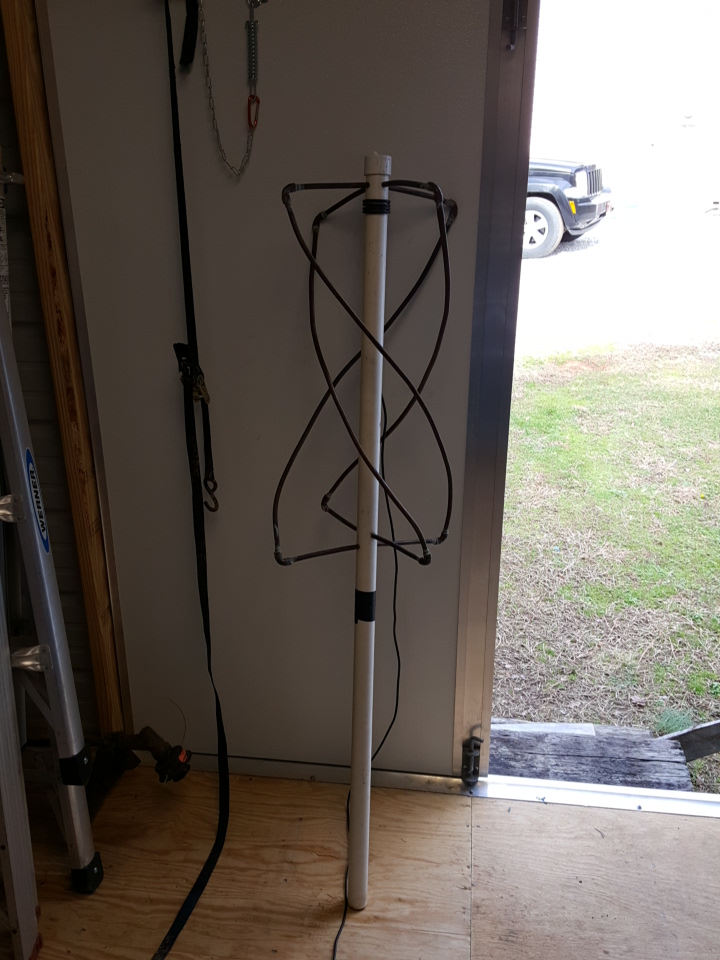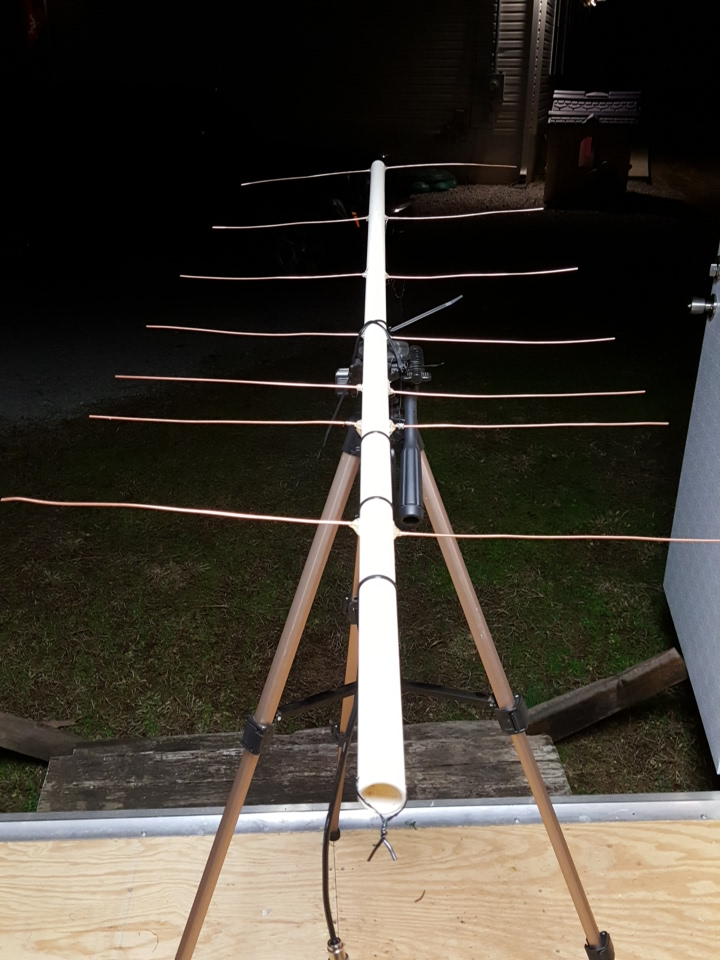Other Hobbys
- Details
- Hits: 328
- Details
- Hits: 331
I have recently gotten into meshtastic, I bought me a LILYGO T-Echo to play with then decided to put up my own node. I'm a bit far away from most of the other nodes so by having putting one up on my tower it allowed me to get out to other node. So far it works great, haven't had to touch since the day I installed it. I recently installed a environmental sensor on it that reads temperature, pressure, & humidity. More info can be found here.
List of hardware:
- AKwireless WisBlock Meshtastic Starter Kit US915 Base RAK19007 + Core RAK4631 (Amazon.com)
- Unify Enclosure IP67 150x100x45mm (rakwireless.com)
- 3.7V Lipo Battery 3000mAh (Amazon.com)
- 5.8dBi Lora 915MHz Fiberglass Antenna (Amazon.com)
- BMP280 Sensor (Amazon.com)
- Details
- Hits: 326
I set me up a GOES16 satellite receiver to get images of earth. After testing some homemade setup I decided to buy the right hardware. I found a kit on Amazon so after a day putting it together and programming the raspberry pi, it's up and running full time on solar power. I learned everything from USRadioguy, I recommend checking out his website if your interested.
*2025 UPDATE: GOES16 has been replaced with GOES19, same setup and hardware just different script running on the pi.
- Details
- Hits: 2744
This is an 8-element collinear antenna made from LMR 400 coaxial cable. The first and last elements are 1/4 wavelength, while the others are 1/2 wavelength, adjusted for the velocity factor. The entire assembly is housed inside a 3/4" PVC pipe.
The results, shown in the images below, exceeded my expectations—I’m very satisfied with its performance.
I built this antenna specifically to feed data to FlightAware using a Raspberry Pi and a FlightAware dongle. You can view my real-time results here.



